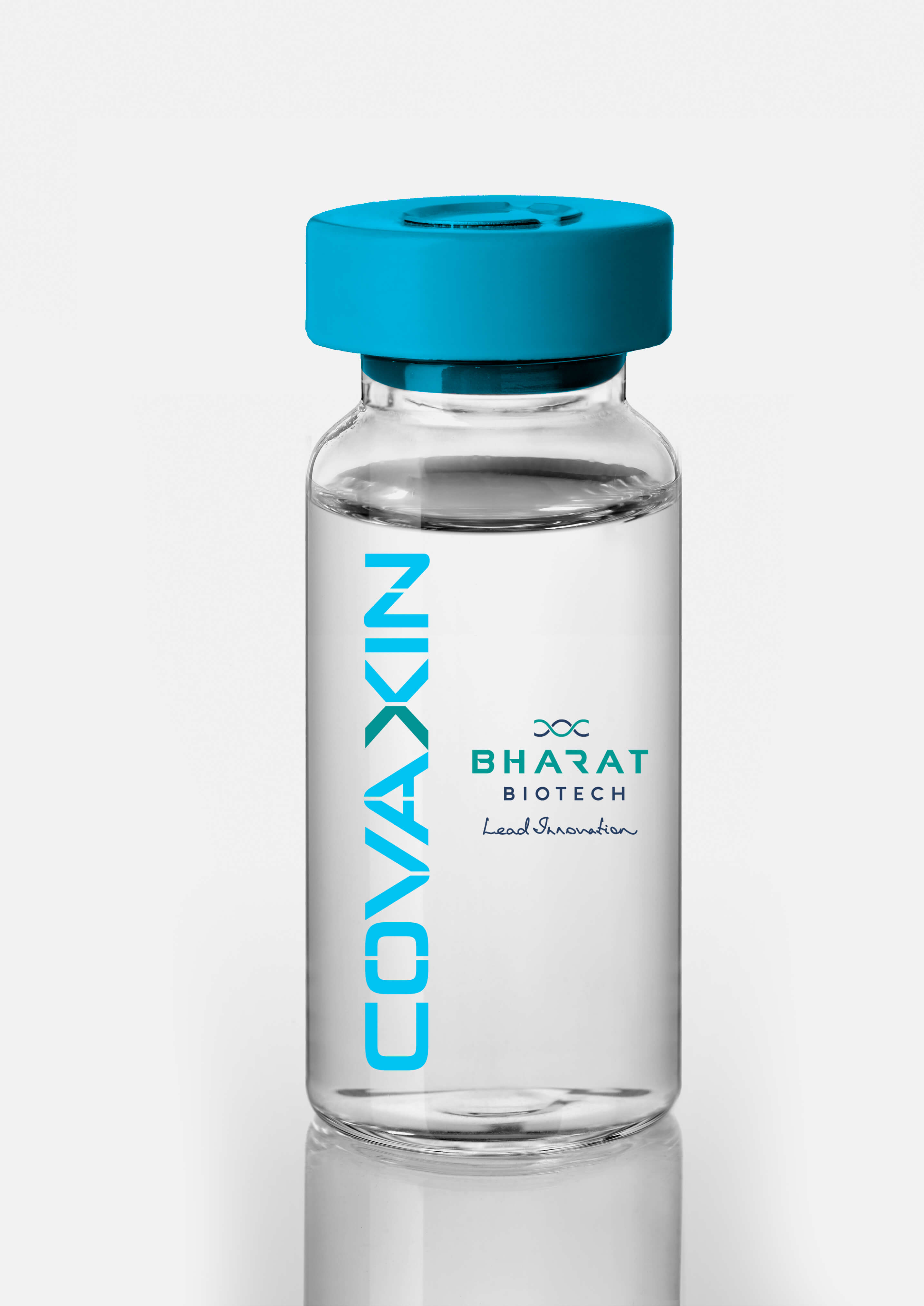Covid-19
CORONA VIRUS DISEASE (COVID-19
Coronavirus disease (COVID-19) is an infectious disease caused by a newly discovered coronavirus.
Most people infected with the COVID-19 virus will experience mild to moderate respiratory illness and recover without requiring special treatment. Older people, and those with underlying medical problems like cardiovascular disease, diabetes, chronic respiratory disease, and cancer are more likely to develop serious illness.
The best way to prevent and slow down transmission is to be well informed about the COVID-19 virus, the disease it causes and how it spreads. Protect yourself and others from infection by washing your hands or using an alcohol based rub frequently and not touching your face.
The COVID-19 virus spreads primarily through droplets of saliva or discharge from the nose when an infected person coughs or sneezes, so it’s important that you also practice respiratory etiquette (for example, by coughing into a flexed elbow).
COVAXIN® - India's First Indigenous COVID-19 Vaccine

COVAXIN®, India's indigenous COVID-19 vaccine by Bharat Biotech is developed in collaboration with the Indian Council of Medical Research (ICMR) - National Institute of Virology (NIV).
The indigenous, inactivated vaccine is developed and manufactured in Bharat Biotech's BSL-3 (Bio-Safety Level 3) high containment facility.
The vaccine is developed using Whole-Virion Inactivated Vero Cell derived platform technology. Inactivated vaccines do not replicate and are therefore unlikely to revert and cause pathological effects. They contain dead virus, incapable of infecting people but still able to instruct the immune system to mount a defensive reaction against an infection.
Why develop Inactivated Vaccine? Conventionally, inactivated vaccines have been around for decades. Numerous vaccines for diseases such as Seasonal Influenza, Polio, Pertussis, Rabies, and Japanese Encephalitis use the same technology to develop inactivated vaccines with a safe track record of >300 million doses of supplies to date. It is the well-established, and time-tested platform in the world of vaccine technology.
Covaxin vs Covishield – A Detailed Comparison
The COVID-19 vaccination drive has already begun in India, and many people are still unaware of how the two vaccines – Covaxin and Covishield – are different from each other.
The third phase began on April 1, in which people over the age of 18 can take life-saving shots.
Currently, the government hasn’t allowed people to decide which vaccine they want to get, but the result of the first phase clearly suggests that both the vaccines being inoculated in India are safe and effective.
Developer
Covaxin has been developed by Hyderabad-based Bharat Biotech International Ltd in association with the Indian Council of Medical Research (ICMR) and the National Institute of Virology (NIV).
Covishield has been developed by the Oxford-AstraZeneca and is being manufactured by the Serum Institute of India (SII).
Type of Vaccine
Covaxin is an inactivated viral vaccine. This vaccine is developed with Whole-Virion Inactivated Vero Cell-derived technology. They contain inactivated viruses, which can not infect a person but still can teach the immune system to prepare a defence mechanism against the active virus.
These conventional vaccines have been in use for decades now. There are vaccines for some other diseases as well which are made using the same technology. These diseases are –
- Seasonal influenza
- Rabies
- Polio
- Pertussis, and
- Japanese encephalitis
Covishield has been prepared using the viral vector platform which is a totally different technology.
Doses
There is no difference between the two vaccines in terms of dosage. Both of them are administered as 0.5ml in the upper arm region.
But, the dosing schedule for both vaccines however varies. The second dose of Covaxin is scheduled after 4-6 weeks after the first dose, while for Covishield vaccines it is 84 days or 12-16 weeks after the first dose.
Storage Guidelines
Both Covishield and Covaxin can be stored at 2-8° Centigrade, which is a household refrigerator temperature. This makes both the vaccines most suited for Indian conditions as most of the vaccines here are kept at the same temperature range.
This also makes the transportation and storage of both vaccines easier.
Efficacy
Both the vaccines have shown more than satisfactory results ever since the inoculation started in India.
The effectiveness of the Covishield vaccine is nearly 90% as per the global reports and Covaxin’s 81% according to interim 3rd phase trial results.
Side effects
After getting vaccinated, you may experience pain at the site of injection. Some people may also experience side effects such as headache, joint pain, and may feel feverish. These side effects do not persist for long and generally go within a day or two.




Good work 👍
ReplyDeleteUseful post👏
ReplyDeleteGreat information !!
ReplyDeleteNice information 👏
ReplyDeleteInfomative
ReplyDeleteGood work👏
ReplyDeleteGreat job👍
ReplyDeleteWell done
ReplyDeleteThanks for your information👏
ReplyDeleteInformative 👏
ReplyDeleteInnovative
ReplyDelete